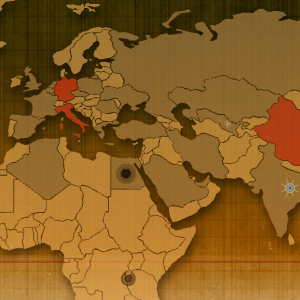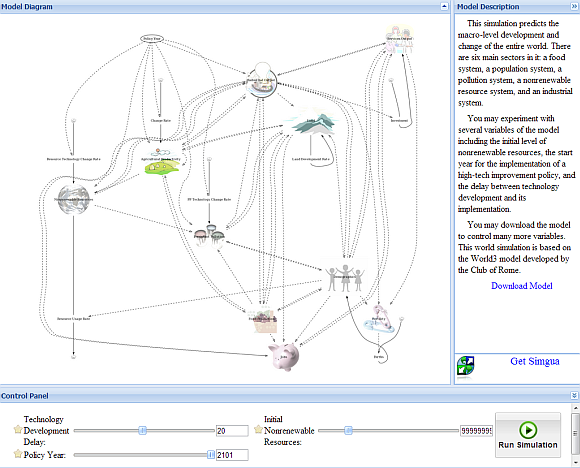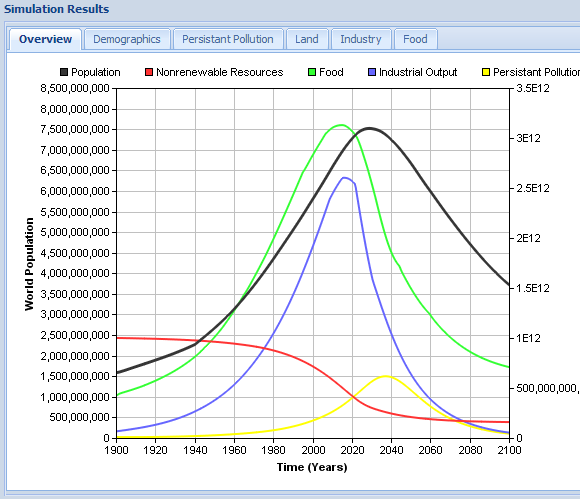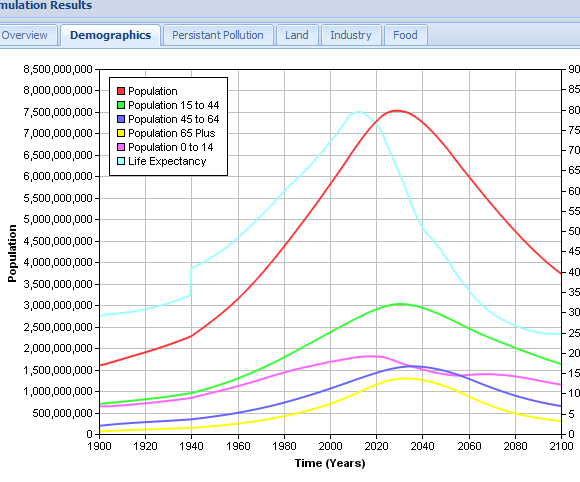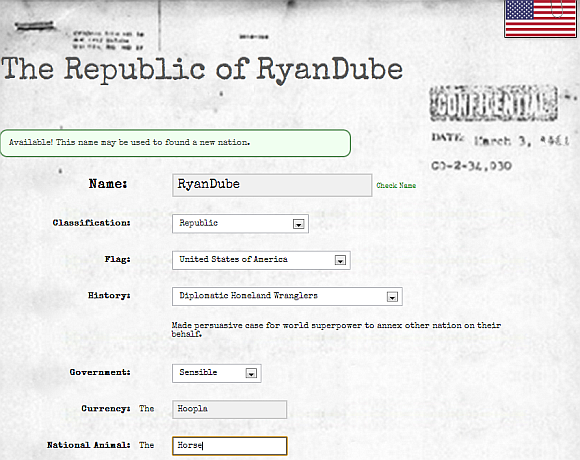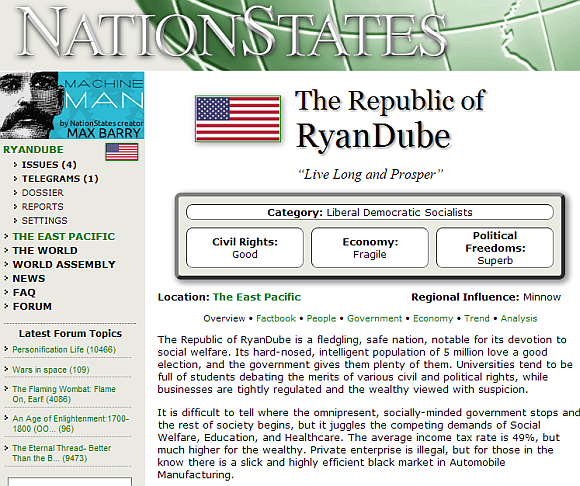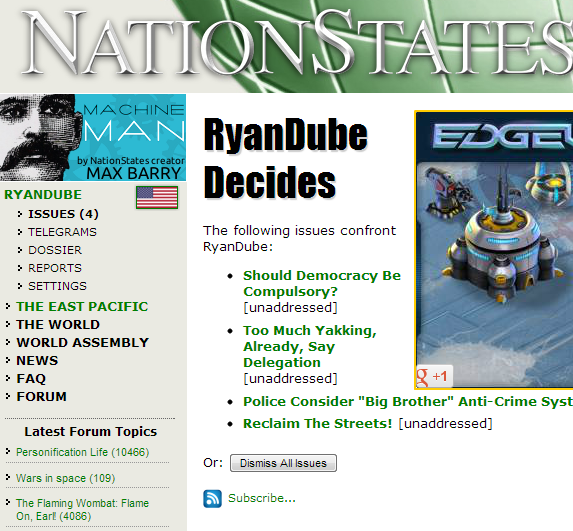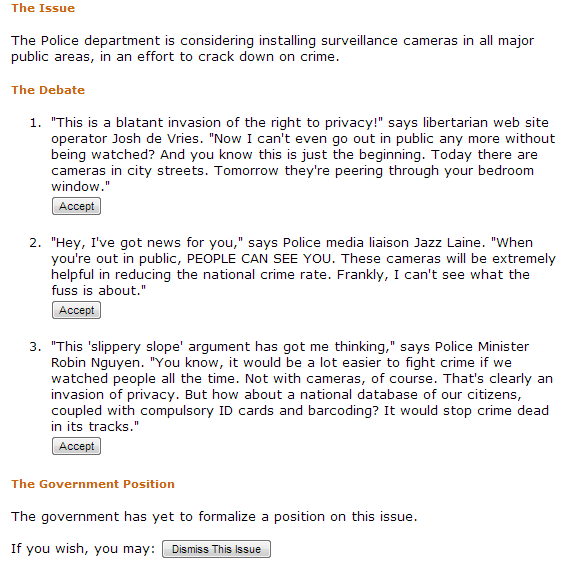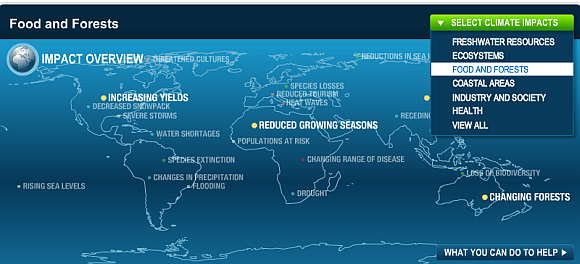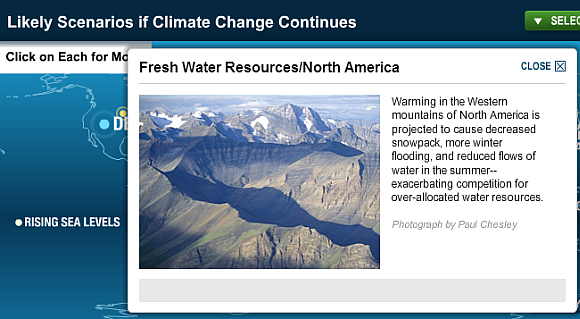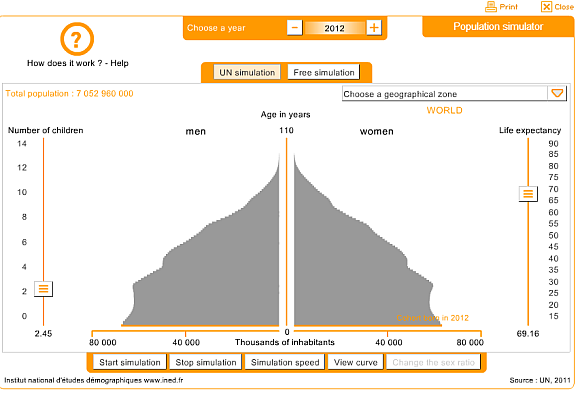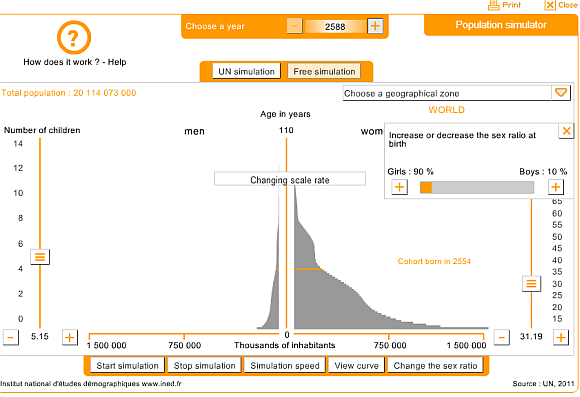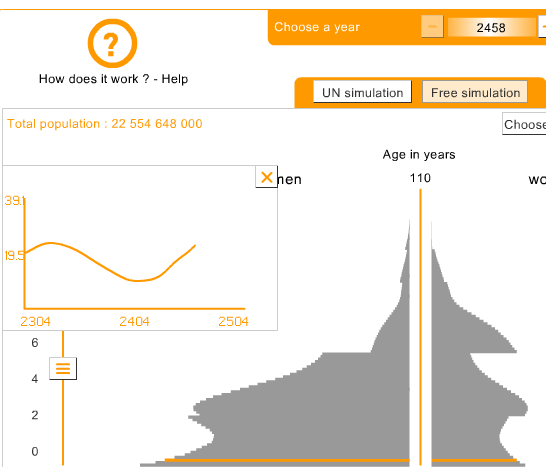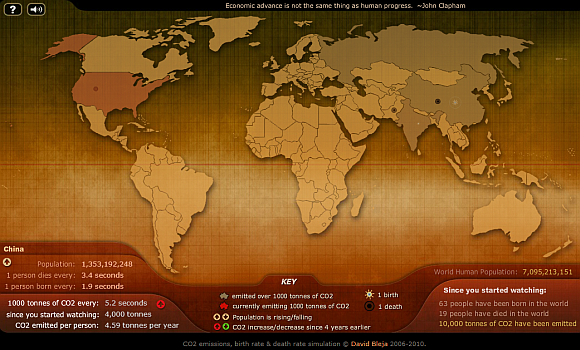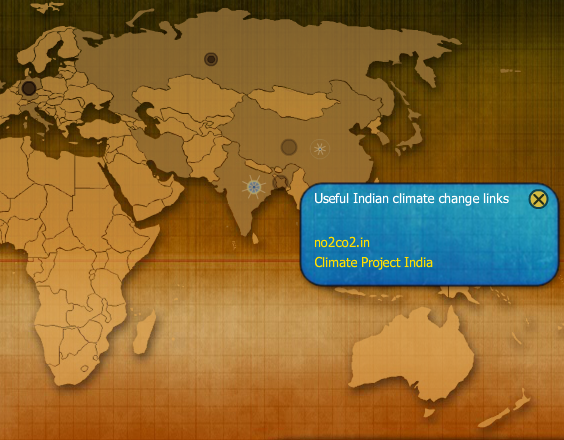Lots of people are very concerned about issues that affect their local communities, and maybe even their country, but are you the kind of person that's actually also very concerned about the entire world itself?
It is very clear to people how certain things like the economy, industry, pollution and population directly affects elements of the local community. School systems, living conditions and the local economy are all affected by how many children are born and how many people die in a community. The environment, the success of local industry and so many other factors influence the decline or growth of local population.
Have you ever considered all of those issues on a global scale? Wouldn't it be interesting to simulate how different variables might affect the future of the world itself? Believe it or not, there are a few very cool online simulations and applications that show visualizations of both the modern state of world society today, as well as fascinating predictions about the future.
World Simulations Online
If you think about it, predicting changes in the world is hardly easy. There are so many factors that can influence what happens to our global society, both on the local stage as well as on a global scale.
There is no single world simulation online that can show you everything - between industry, pollution and the environment, economy and the many social and cultural issues involved, such an all-encompassing simulation would be nearly impossible to build.
However, the five online tools that I'd like to cover in this article do a pretty good job making predictions based upon a limited, but very specific set of variables using known past relationships that have been incorporated into an intelligent computer model.
The Simgua World Simulator
One such simulator is called the Simgua world simulator. The main page shows a somewhat complicated diagram detailing how data from the major sectors of the simulation interact - the major systems being food, population, pollution, nonrenewable resources, and industrial.
You can customize the original settings at the bottom of the simulator, and then click "Run Simulation" to see how those settings impact the future of the world.
It's actually pretty interesting to follow the lines in the resulting data to see where things like food supply and population levels are so closely intertwined, while things each of the variables appears to react to the upswing or downswing of other variables.
You can focus in on the major systems by clicking on each system tab. For example, population breaks that system down into age demographics as well as overall life expectancy. Clicking on the other systems, you will see a similar breakdown into components as they change over time, which is the common x-axis variable.
This is a very educational tool that even educators could use in the classroom to show how major systems of society have such a direct and immediate impact on other major systems. It's also important to keep in mind that this simulation applies to smaller society as well as the global population.
Nation States Role-Playing
One of the most difficult things to simulate about the world are the social factors - governments, cultures and people that influence decisions and actions that take place on Earth and directly impact all other systems like population, economy, pollution and more.
A really cool "simulation" of sorts is the Nation States role-playing game that includes players from all around the world, running governments and forming regional alliances in much the same way real-world governments do. The first step of course is choosing your type of government and answering a series of questions that define what it stands for.
After creating your nation, you can return each day to the "dashboard", where you can check the current status of your national economy, population and other factors that influence your standing in the national "leaderboard".
The real heart of this game - besides joining regional alliances and thereby gaining global strength - is in how you answer the "issues" that turn up every day. Issues are national issues that you, as the leader of the government, must decide upon. Each decision you make influences the direction and the future of your nation inside of this global simulation.
The government will take, or you might try to "dismiss" the issue and hope that it goes away for good.
You could take a simple approach and just work on issues every day and come back to watch how your national population and economy evolves. However, if you really want to dive deeply into the community at Nation States, you may want to join one of the regional alliances, and then take part in the forum discussions that each of them have - including interesting role-playing scenarios, political and social discussions and much more.
National Geographic Global Warming Impacts
Another interesting tool comes from National Geographic called Global Warming Impacts. As the name implies, this tool provides a graphical overview of the impact that global warming has on the world.
You can either browse through individual impacts in each part of the world, or use the dropdown list to highlight categories like "food and forests", "coastal areas" and "health" to isolate the highlighted impacts to just the ones in those categories.
To see more details about specific global impacts of climate change, click on any of the links on the map and a pop-up will provide evidence from National Geographic about how global warming is directly impacting the world at that location.
Much of the debate surrounding global warming is more about why it's occurring, not that it's occurring in the first place. Given the evidence, such as all of the data listed in this visualization, the evidence is clearly overwhelming. This map from National Geographic is an excellent resource to learn more.
U.N. Population Simulator
My favorite tool in this list is definitely the Population Simulator. This simulator is based on the UN simulator, while the tool itself is published on a French website. The tool is fascinating to play around with.
What it does is it accepts the modification of certain variables such as the number of children born per family, the average life expectancy of a population, and the gender balance of children that are born there.
This is what the fairly balanced, realistic U.N. simulation looks like.
You can really see the power of this simulation once you start playing around with it. For example, I wanted to see what would happen to a population if families typically have 5 kids, with 10 % girls and 90% boys. To my surprise (until I actually stopped to think about it), my simulation nearly killed off the entire population.
So then, I switched it around and made families have 90% girls and 10% boys. The population of females boomed, males grew as well but at a far slower rate, but the population eventually started to grow again.
The simulator has a great charting tool you can use to see how population changes over time as you tweak different variables. Here is the population effect graphed as I described above.
This is a really interesting tool to play around with different variables like children per family or life expectancy and watch to see how dramatically (or not) those changes affect overall population growth or decline.
Breathing Earth Real-Time Data
The final tool that I'd like to cover comes from David Bleja and is called Breathing Earth. This is a fascinating real-time tool that shows you current elements of the world at the very moment you're watching the visualization.
The display shows you real-time population growth, and when you hover the mouse over certain countries, you will see the current population as well as the death and birth rate for that region.
When you click on a particular country, you will get links to websites that provide more details about climate change in that part of the world.
It's obvious that the point of this visualization is to show the levels of pollution in the world, with a rolling tally of CO2 emitted rolling along at the lower right corner of the screen. While the site doesn't direct correlate CO2 emissions with things like birth rate, death rate and population, the implication is pretty clear.
These are just a few examples of some of the interesting world simulations online, but there are surely others. Do you know of any interesting global simulation tools or websites online? Share your own resources and feedback in the comments section below.

